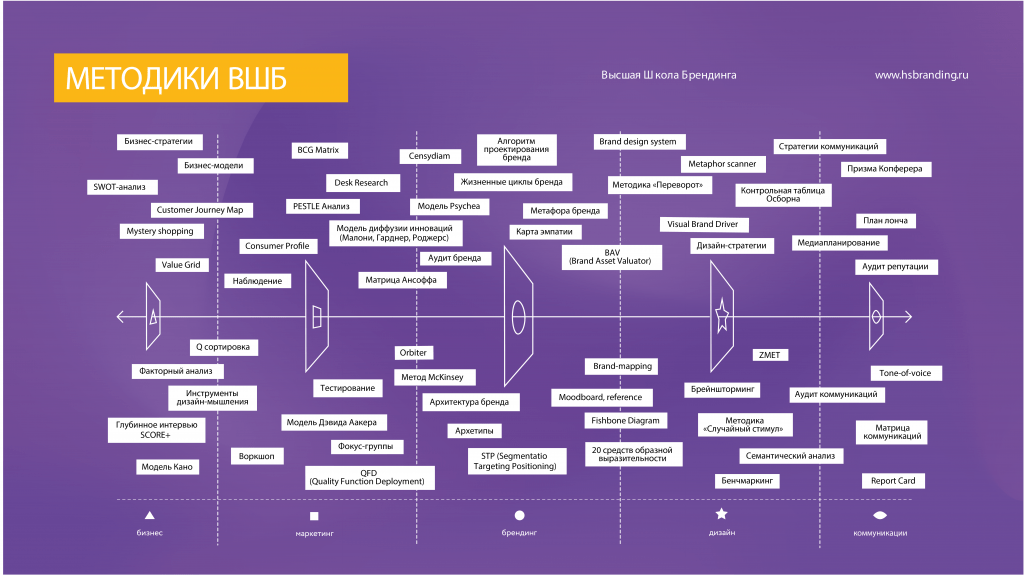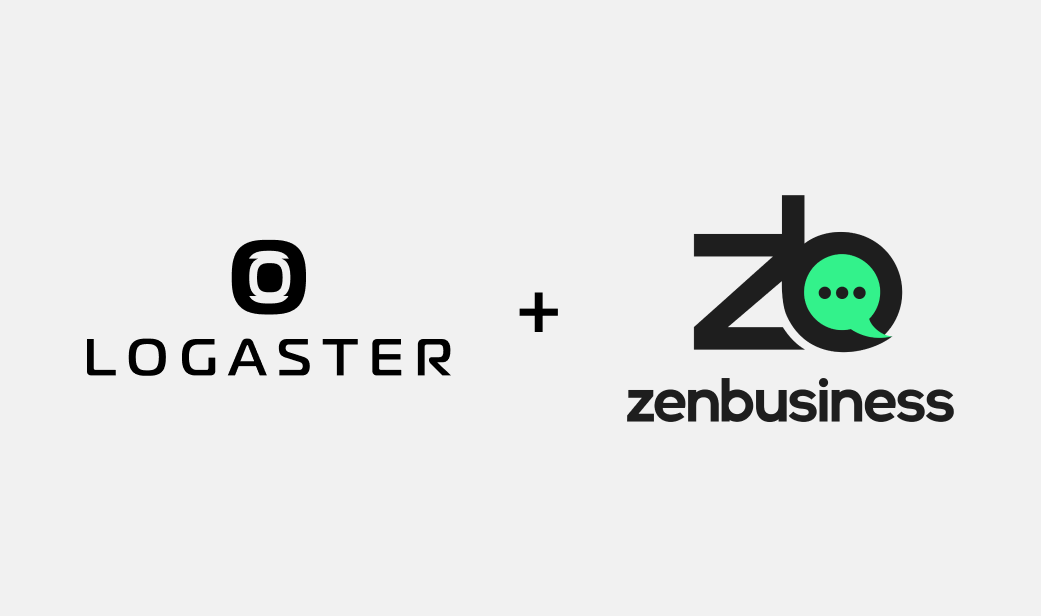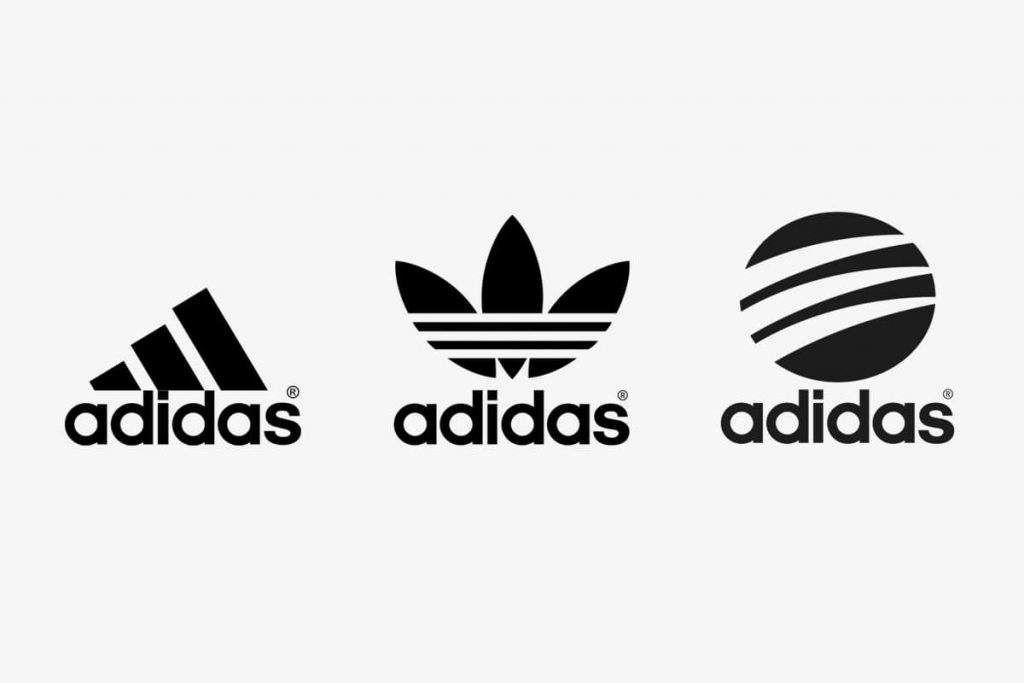Andrei Kozhanov: When creating a company visual style, you need to “zero out” your opinion and experience
The most frequent questions among beginner entrepreneurs are whether branding is needed when starting a business and how to create it. We asked an experienced brand-consultant Andrei Kozhanov to answer them. He explained how to launch brand building, how to convert meanings into visual images, and what common mistakes one makes when developing branding.
Tell our readers about yourself, please. What was your path in the world of branding?
I am a brand consultant, CEO, mentor of the Brand Strategy masters programme at the Higher School of Branding (HSB), creative director and founder of the FRONT Total Branding agency, and a member of the Association of Branding Companies of Russia.
I develop the partners’ business, create meanings, and convert them into exact images. I have over 20 years of experience in the sphere of visual communications. I received my professional education at the International Institute of Advertising trained as an Art Director.
I entered the profession in 1994 after working in the media as a layout designer, journalist, and deputy executive secretary. Together with partners, we founded an advertising agency where I headed the design department until 2003. We were engaged not only in advertising design but also actively implemented projects in the field of identity and package design.
In 2003, I founded my own branding agency. Now the focus of our activity has shifted to consulting and strategy, brand building support, and education. VTB Group, Rosneft, Bank of Moscow, BRAER, Volhovets, Pepeliaev Group, Molvest, Nizhpharm, KASSIR.RU, Uniastrum Bank, Pony Express are among our clients. I became a prize winner of the International Festival Red Apple, Best of the Best 2010, Kiev Advertising Festival, and Advertising Festival “Idea!” several times.

Can we say that once we created a corporate style (colors, fonts, logo), we created a brand?
Absolutely not! Although the visual image is an integral part of a branding complex, a brand is primarily a unique feeling, an emotional and mental concept in the mind of the consumer that is crowned by design. An identity only enhances the meanings inherent in the brand. If we talk about full-fledged branding, it is rather a synthesis of a product, marketing, design, and communications.
Do small and medium-sized businesses need branding?
A brand is a communication tool that significantly reinforces business efficiency, and influences marketing and the product itself. That is why it is most often important for small businesses, especially for their fast growth. A brand strategy allows you to optimize costs and bring together all parts of the business – product development, service, analytics, management, and finance.
However, I can’t say that every business needs branding. For example, there are companies with specific niche products that exist in a non-competitive environment and do not need branding.
How and where can one get an education for entrepreneurs?
Learning branding allows you to understand the relationship between business strategies, marketing, branding, design, and communications. Modern business education in Russia has two problems. Firstly, each specialty is studied independently, and in business, all aspects are interrelated. Secondly, training is often not application-oriented, i.e. it isn’t integrated into practice.
There are many schools and MBA programs in Russia: you need to pay attention to the tutors, the interconnectedness of disciplines in the program, the possibility of practice. Given the development of remote learning, I would recommend foreign business schools. And, of course, the Higher School of Branding. Other competencies one should acquire through various training courses and professional development programs.
Where does brand development begin? What are its main components?
Branding starts with business attributes: a product, a business model, a team, a resource base, management, marketing, and finance. This is the foundation. The next significant stage is the study of four segments: the product – the consumer – the competitive environment – the market situation.
According to the findings on each of these blocks, a positioning hypothesis appears which is then converted into a figurative, emotional field. In other words, branding as a process is the identification of meanings and their transformation into exact images.
What should one consider when creating a visual style of the company? Is it correct to be guided only by your preferences and vision of beauty?
First of all, it is necessary to “zero out” your opinion and experience. Your vision of beauty should stay with you. The crucial point in creating the visual image of your business is the relationship with your audience. The second important point is the accuracy of converting business meanings into an image.
How has branding evolved from 1990 to now? What has changed in the approach and ways of presentation/communication?
In the 90s, the basis of brand building was the unique features of the product whereas now uniqueness is multiplied by the identity of the business team, service, emotional characteristics, and the direct impact of the consumer on the product itself. And most importantly, the brand must have a comprehensive sensory approach (5 senses): see, feel, hear, breathe in, taste.
Understanding people, the uniqueness of experience, and proving the qualities of the product are the basis of the 21st-century branding. A brand is about love, real feelings, and relationships.
Please name the three most common mistakes when creating a brand.
— Predetermination (the brand maker’s own stereotypes).
— Casual consumer treatment.
— Lack of strategic thinking. A brand is about the future.
What about the brands to follow as an example?
Dodo Pizza, IQOS, Nespresso, the bank “Tochka”, McDonald’s.
How to present the same product to different age categories? How do people in their 20s and 60s search for and buy products?
In my opinion, age is not the key to building a brand. First and foremost, the psychological, physiological, ethnic, socio-cultural, and behavioral aspects matter. If you can “translate” the language of communication into the language of a particular audience based on these features, you’ll be successful.
When comes the time of rebranding? How to perform it correctly? Are there any companies that you can name as an example like “They are good. That’s how you should do rebranding”?
Rebranding depends on changing conditions: market, trends, consumer, competitors. In other words, the brand is like a child who needs to have his underwear changed, his buttocks washed, his teeth brushed. If the child has grown up or had to repeat a year in school, changes are necessary. How drastic they should be is a difficult question. Over the past ten years, the market environment has become so dynamic that the audit of a brand’s “health” should be done at least once every six months, and its parameters should be checked constantly.
Sometimes we can miss a change in the brand, and I stick to the strategy of smooth evolution. There are many similar examples: “Miratorg” has recently changed its slogan: “We are one country” was replaced by “This is our country”. “Activia” changed its advertising 10 years later: instead of the magical stroking of the abdomen in a clockwise direction, now we can see the hands lifted up from the abdomen. The package design was simplified as well. When a brand changes abruptly, it is a sign of its abandonment.
What methods/tools will you recommend to monitor brand effectiveness, consumer behavior, and market trends?
There are a lot of tools – you can check them on the HBS method map. The main idea is not to use them as a template, and before researching, answer the fundamental question: what for?
As a rule, we recommend the synthesis of quantitative and qualitative research: the analytical monitoring of the market situation, competitive environment, own business indicators; benchmarking; in-depth interviews (consumer, owner); segmentation maps; surveys on social media; consumer monitoring.

To finish off, please share some tips for those who are just starting a business.
— Keep learning! Those who don’t study don’t even stand still – they are moving backwards.
— Develop strategic thinking, formulate hypotheses, and bring them to the future.
— Be ready to lose, go up, and move on.
— Learn more about and love your customer.





